CAN WE, WILL WE, WHEN WILL WE REOPEN?
6/20/2020
CAN WE, WILL WE, WHEN WILL WE REOPEN?
I hope that everyone is well and has been able to continue training over the last few months. The online classes have been a really pleasant surprise for us, they have allowed to devise a method of group teaching which supplements our usual one-to-one coaching approach. If you have not been able to join, we have maintained the core group of the club very well with regular classes reaching 20 attendees. In the same way as when we entered the lockdown, government advice is changing quickly and there is potential that we could open the doors to a class in July. If that becomes possible, the question for us is what will that look like, who will come and what will we do. I am going to some ideas here for students to think about, and ideally you can text, email or FM message me with what your preferences are so we can get back to training in a way that benefits us all. My thoughts are:
The big question I have to ask students is will they come to class if and when the regulations allow it? I appreciate that some have health and financial issues and that they may have to wait. Financially I do not want to pay £30 to rent a room which will be empty, so I need to know who is interested? If there were only a few students would you pay £10 a session? My preference is to charge £8 drop in if the group is a good size, but would students be willing to pay say £30 a month instead (some months you would get 5 sessions, others you might miss one). So lots to think about. I need to hear from you to get an idea of where we are at now. I have been teaching privately over the last month and I am very encouraged by the development of our senior students who will be able to assist us with teaching as they have a good grounding in Sung methodology. Exciting times ahead.
1 Comment
March 27th, 2020
3/27/2020
I get knocked down, but I get up again...
Its very easy to feel sorry for ourselves at this time and let it get us down. I am already missing seeing and training with two of my best friends Mark and Jon, something which we done without fail every week for about 15 years. I miss the club, a group of great students we have nurtured over the last 5 years. And I miss my Alexander Technique training; I was meant to start training three times a week from April but the has been postponed until the crisis is over. But, if we have our health, and our friends and families, then we will get through this and come out stronger on the other side. I've decided that I will not lay down and let this beat me, it is an opportunity to go deeper into our own training and not be diverted by the distractions. So my plan it to keep the Sung ethos going by running online training twice a week just as we have always done. I've bought a webcam (its not great but it does the job), I've resurrected an old laptop, I've put a big monitor in the garage; I am ready to get started. You cannot learn CST wing chun online, but if your are already a wing chun student you can use an online forum to train with others, to discuss and to delve deeper. So how will it work? I am not entirely sure to be honest, it might be rough and ready but so am I and so is Sung. Here my ideas for starters: 1. Instead of standing practice at home, a chance to do it together and feel part of a group. 2. Guided form practice. 3. Q&As, a lot of people email asking me questions which I cannot answer well by typing, this will give the opportunity for people far away to use our group as a sounding board for ideas. Share our collective knowledge. In my view there are no secrets. 4. Homework - There are tons of videos online which we can discuss and disect, Also I have a large archive of unseen footage of CST. I can share this before class so we can discuss. Maybe Mark can provide translations? 5. Have you read one of my blogs and thought 'what is he on about'. Here is a chance to ask. 6. Guest teachers - we have friends everywhere, Nima, John Kaufman, Eddie Chan, Ada, perhaps they want to join us and offer some ideas. I am sure I can twist some arms... I plan to either do this over Skype or Zoom. Skype has the advantage of not needing to join the platform, I can just provide a link for participants for each class. I have started a private Facebook group where I will provide the link to each class, it will be a place where students can post questions which we can discuss later and I will put unseen footage. You could even post videos there of your own practice which we can discuss in the class. I am hoping it will not just be local Sung students who join us, we have friends all over England, Wales, Czech, Netherlands, US, HK and Australia. Imagine what we can share together to develop our wing chun at this time. I think that it is fair to ask for a voluntary contribution of £3 to those who are able, that is less than half the price of a normal class. However if you cannot afford this because of the virus has affected your income then it will be free of charge. Payment can be through Paypal or bank transfer and I will out details in the group. So, here is a link to the FB group, join it and I will provide the link for the next class. We will keep the usual times of 8pm on Tuesdays and Thursdays. https://www.facebook.com/groups/215495706329262/?epa=SEARCH_BOX&__nodl November 19th, 2019
11/19/2019
The first 5 years If you would have told us 5 years ago when we started Sung that we would be hosting a seminar for Ada, that we would run yearly seminars for 50 people who were training in CST methodology and that we would be taking students to help us run seminars in Prague, we probably would have laughed at you. We are just three highly obsessed guys who trained together (and still do) in garages, kitchen and cellars whenever the opportunity presents itself. We are not a big club, we are not in it to make lots of money and shouting to the world they all do it wrong, we just say it as we see it and teach what we believe. For me that is the first step to running a club under the lineage of CST and it needs to come first in what we do. It’s a bit concerning to think that each year has been better than the last, because perhaps next year will not live up, but I am as ever a man with plans to move forward and showcase CST method as best as we can. There are lots of highlights during the year, so its worth saying them so we do not take it for granted (in no particular order):
What Next
October 11th, 2019
10/11/2019
Structural Wing Chun A problem with using the term internal wing chun is that you quickly allow yourself to be judged by the language and definitions used by others arts. Those arts may have a lot to teach, but it can be hard to de-clutter the dogma and superstition of methods dating back to before sound scientific objective thinking. What I see as being important is not your words, but how your wing chun is structured. Is it done is such a way that your structure is aligned to support a strong contact point (wrist, fist, leg etc), or is it a structure designed to use the whole body to deal with force. With the first the emphasis is pointing outwards with the other it is inwards. I cannot emphasis enough how different those ideas are and how much they will effect your wing chun. CST is about the latter and if you are not yet ready to understand that then you will get derailed on your journey.
I am sure that Ip Man taught all of his diligent students good quality structural wing chun as you have to do for all new students. He gave them all the building blocks to make wing chun their own as is the job of any teacher. People like Chu Shong Tin and Wong Shun Leung ran with that, they analysed, thought and tested what they learned and made for themselves usable but different systems. Other contemporaries really just did nothing with it, they saw those blocks and thought that was it all. Unfortunately they passed on that shell of a system to their students and what we are left with large pockets of wing chun around the world without any substance. A wing chun which only works on other wing chun students. No wonder people want to supplement their training with additional arts. This phenomenon is likely to exist in CST lineage as well. Sigung for the majority of his career passed on not just the structural wing chun he learned, but he tried to give the details of his refinements and understanding (people see this as internal alignment). But the truth is it is not just what the teacher has to give, it is the effort and tenacity of the student which will lead to the transition of ability through the generations. No one can quite have what CST had, it was his, the combination of billions of incidents, habits and ideas of a lifetime. Copying Picasso will not make you Picasso. What we are talking about here is art; you start with solid principles but art is alive and subject to reality and outside influences. Angles and weight distribution might give you the bare bones of information for learning a form, but to understand it do not just question angles and measurements but question WHY. What is the common denominator that makes the whole package work? Parroting CST words is not understanding. Words have the annoying habit of existing in context both in the situation and to who they were said at a point in time. CST wing chun is a precious thing, it does not fit with standardised syllabuses and strict rules because it involves how our concious and subconcious minds interact with our bodies to deal with outside forces. If you start telling me you know all the secrets, that you have nim tao, I will tell you I already know enough about you. Imagination might help, as might meditation, yoga etc but they are different paths and if you follow a different path you will reach a different destination. That is fine, don't confuse yourself and others by saying it is the same place though. So to move your wing chun on from a structural skeleton to a living organism, you need to make it your own. There are loads of other arts we can look at to help us understand and to think. Looking outside the box can help your understand what is in the box. But there is no substitute for doing the work yourself. If you want to do what CST did try doing what CST did. You need a solid idea of what the art is and how it might work, or it will fail. Failure is good, it is part of the journey. Saying the words relax and nim tao a million times will not change you, understanding what they mean and how they are usable ideas might. There is no good teacher of this who is also not an obsessive student. Humility comes from knowing how little you know but confidence comes from the understanding of what you have learned and it's current limitations. That gives you the ability to grow beyond externally aligned structure. September 20th, 2019
9/20/2019
This is a quick blog to carry on from my FB post the other week about the lat muscles and connection to the lower back. Extending away from the other part of your body are the deepest muscles which connect to your spine - the psoas muscles. They connect the spine to the legs and pretty much support us when we stand and move. When people talk about their core they are usually thinking about the superficial abs, but they do not provide much in the way of stability. The poas is where you should look; not to strengthen them but to release them.
The reason I am mentioning this is that you hear a lot about tai gong and people rote saying release your tail bone, but the reality is that if your poas is in a state of continual tension then trying to release your tail bone is only going to set your lower back into oppositional tension with it. The result will be that you grip your pelvis and the tailbone goes nowhere. The image below is useful to look at as you can see the psoas is in front of the spine and spirals around the hip joints to the femur heads. If you want to let go of your pelvis and stop pulling your legs up into your body, you need let go of the grip in front first. If you do not know how to feel these muscles, ask someone to push you from the front and almost immediately you will feel them tense up. Think about that for a moment, really the reaction makes no sense, how could those muscles stop someone from pushing you backwards? In order to make use of the floor and your directed body mass you need to let them go as much as possible. If you can do that the spine release up from the front and you might have a better chance of letting go of lumber tension. Tai gong is about unifying your upper and lower body, so of course the psoas has to be involved as it is the key muscle group connecting it together. No muscle works in isolation from the others and we do not need to know how they all function, but just be careful that you are not telling your body to let go of muscles in the wrong direction or in opposition to each other, or you just create more problems. As ever this is all just words and cannot replace the feeling and sensation that a teacher can give you. But is always worth testing your ideas of how things work. August 16th, 2019
8/16/2019
September, just like January, is usually a time when we get new students eager to try out wing chun, or alternately a few old faces reappear with the intention of starting again. Come October most of them have vanished. It is a cycle I have seen for almost 20 years of training in martial arts.
I am not sure how people reasonably expect to learn any martial art if they only want to commit to once a fortnight of training, and even that is usually if there is nothing else comes up that day. Even for some that do train with us for several months and start to grasp the depth of this wing chun, many still think that two hours a fortnight will make them a ninja. You can see the disappointment when after a year or so that things did not work out that way and other people progress much quickly. There is always an excuse available to us not to train, feeling tired, bad weather, bad day, drinks after work, money; the comfort option is provided by our brain as a ready waiting friend. But just because we talk about relaxation does not mean there is not work to be done. I do understand the dilemma, I’ve had two kids since I started training, a busy job and loads of potential distractions. But you have to ask yourself the question if I am not willing to try now, to put in the work, when will you do it? Really, when? If your daily training routine is an exercise in avoiding discomfort, to pamper yourself after work every night, then it will only get harder for you. In fact ask yourself the question how busy are you really? How much time in front of the telly, computer etc, hanging around with people so not to feel awkward by saying you have something else important to do. Then ask yourself - what if? What if you actually put some time aside and tried standing practice every day, came to classes or even had a private lesson. If you have not really tried and do not intend to, then failure is guaranteed. I am not writing this blog to have a go at anyone, just holding up a mirror to us all. Plenty of people have come to the club and in a short period seen a big improvement in their wing chun, in their physical, mental and emotional health because they have taken the decision to commit to themselves to a difficult endeavour. I train every day, I give my all for every minute of every class but I know I can be lazy sometimes. But what we do not want is to look back and say that maybe we could have been better, achieved our goals, if we actually put that extra bit of time in. Maybe turn off that telly or put the phone in the other room; don’t be half hearted. You only get a return if you make an investment. So make a choice, if not coming to every class maybe one extra class a month. If you are one of the many people who have said to me you plan to visit Sheffield for private lesson, then do it. Why would you say it to yourself if you do not beleive it? There is only one person you will be letting down and failing if you not not try. Motivation comes and goes, it is the drive to improve ourselves which we must cultivate if you want to achieve. There are days that you have drag yourself out, days when it hurts to stand for long period, days when the mind wont stop wandering, but if anything worthwhile was easy everyone would be a master. So stop putting it off, stop watching youtube as if that provides all the answers, and get training. Maybe you will not like it, maybe not see any improvement, but better to try and fail than never know what you are capable of. July 12th, 2019
7/12/2019
Having Ada in my garage teaching pole and knife movements was about as surreal for me as coming home and finding Mark Hamill in you house with a light sabre. When I first met Chu Shong Tin in 2008 it felt like meeting a celebrity, I had to stop myself from saying ‘I’ve seen all your films a million times’. Fortunately I have met Ada and chi saued on many occasions over the years and she is a good friend of my friend Kris Collins, so we fell into cheeky banter and good humoured conversation from the moment I met in Manchester. She is so warm and friendly, you would have no idea of what ability she hides.
There is a video on our youtube channel which has a short clip of me rolling with Ada in 2011. At that point she needed either physical or eye contact with CST to consistently sing up her spine and activate nim tao. Whilst on the train to Sheffield I asked her if this was still the case and she replied ‘no, I am doing it right now’. Wow, straight after a long haul flight I can barely stand up. There was no doubt of Ada’s ability once the seminars started, although she was nervous at first and asked Mark to translate, when she started she was straight in her element and able to demonstrate many of the skills that made CST famous. She explained that there are three levels of skill, the first is copying movement, the second is structural and the third is internal. To obtain the higher level you have to go through the series in sequence and for most people the second level may take a lifetime to get to a good level. In fact for most of us mortals level two is a respectable aim with occasional glimpses of level three (maybe think of it as level 2.5). Those people who trick themselves that they are at ‘level 3’, are not only kidding themselves they are likely to be misleading others as they are attempting to avoid the work needed on the fundamentals. As Mark always says ‘the advanced stuff is just the basics done better’. The great thing about Ada is that like CST she knows your level straight away, there is no hiding, and on contact you can feel your tension as reliable feedback as to where you are going wrong. She is also kind enough to help you back on track. I could try to give tips here about all the info she shared and things she showed, but it all comes down to experience. It is just words until you feel it and no amount of blogs or videos let you know what you are doing wrong. This was the whole point of asking Ada to come to us, to let our students feel the ability in its purest form. She is not a fighter, not interested in winning in the abstract art of chi sau, she is a specialist in the one ability which set CST apart from every other living person I have seen. She can release her spine to such an extent that even holding her tight you feel nothing whilst she can move and hit. All done with a smile, ala CST. The lessons I took from the seminars and three private sessions with Ada are still floating around my brain trying to connect and establish a stronger idea. I really should have known them already, I did know the words, but experiencing the how and why is the most powerful lesson. Stop thinking too much, you drive like you are hungry (relax and be present), don’t use forearm force, let go of your shoulders, soften your knees etc, I know this but she read me like a cheap book, but she also with a smile and a touch let me really know it. Something I will be eternally grateful for. Hopefully she had a great time, we did our best to lure her back in the future, posh hotel, meals out, ice creams in the country and shopping (she brought 3 empty suitcases) but if that does not work then after I have tried to take on board her advice I will head to Hong Kong at some point to be reminded again. This stuff takes a lot of reminding. One of our students asked how to improve, Ada said you need to train more with your teachers. That is great advice to start off with. June 29th, 2019
6/29/2019
When a new students starts at the club keen to learn 'Sung', we usually get into a discussion about relaxation and 'effortless force'. It does not make any sense to them that by relaxing you can generate power. Part of the explanation is that we need to let go of our overworked phasic muscles which were designed for intricate moving. Instead of using then to hold ourselves up, if they are allowed to release and lengthen, the postural muscles can take up the load. This is what the postural system is designed to do, big muscles working at low intensity. For most people, these muscles systems are virtually shut down and so the fast twitch phasic muscles do the work of keeping then upright instead and this causes fatigue. So when they need their muscles to punch, they are already overworked and being pulled in more than one direction.
If you go to a gym they might tell you to strengthen your core, work on you abs. Unfortunately that is rubbish, your abs do little to support your spine and upright posture, the 6 pack are phasic muscles which look great but if held tight can lock up your pelvis. That is another drain on your overworked muscles as one pulls the other in a constant battle. Your core is probably strong enough, you just need to know how to activate it to do the heavy work in order to feel effortless. Here lies the problem, postural muscles are involuntary; you cannot directly control them. Here is a simple example of an involuntary system: Do a really big cheesy fake smile in front of the mirror. Now imagine your partner walks in and sees you gurning like an idiot at yourself. Hopefully that thought will bring a proper smile to your face. These are two entirely different muscle systems and the signal for both comes from a different part of your brain. I see wing chun people do a bong sau and I say to myself that is not is a bong sau. It is fake, like a fake smile. They do not know how to connect to the right system. CST called this the copying stage. The wrong muscles overworking themselves and hence the comment from the majority of wing chun practitioners that in a real fight they would never use a bong sau. I do not blame them if that is what they consider a bong sau to be. CST was famous for his smile and I believe it was actually was part of his system. Most people are pulled down by their thoughts, caught in the wrong part of the brain. When you can smile you release the jaw muscles, the neck muscles, the soft palate rises, the eyes twinkle and the neck is allowed to float on the spine. It can start a chain of release in the body. Sigung was smiling all the time as he was revelling in the majesty of the human body, not just his but his students when they could allow it to work properly. He was able to do this without ego as he understood he was not copying or doing, he was able to give instructions to his subconscious to allow the body to do what it is supposed to. This is what we call Yi and is the cornerstone of CST's method. So best advice is to lighten up, think up and do not take relaxing seriously. Standing for an hour incorrectly is no different than holding a fake smile for an hour hoping that it will make you happy. It comes from a different place. Training is not an endurance test, is about finding that connection to an idea. A little idea, or Sil Nim Tao as we call it. Bil Jee
3/8/2019
If you have been for lessons over the last month or so you will have noticed that instead of just prodding, pulling and coaxing your muscles in the usual (subtle) way, I have been taking this further to test your potential for a much larger range of movement and rotation. In order to progress to the Bil Jee form there are several prerequisites you need to be able to meet, these are nothing to do with experience or time served, just basic physical requirements which you will have reached if you have put in the training. Firstly if your shoulders have a tenancy to lock into structural positions although they may be powerful they will not be able to deal with the power you can create from the rotation of your centre and you will either injure them or have to keep them floppy when you meet resistance. The latter will have no power and the former is obviously not what you want. Secondly you need to maintain the integrity of you spine when under pressure, if you cannot maintain the release of you lower spine (tai gong) and the upward lengthening (sing) then your body will buckle under pressure. Third, the body has to act as a single unit; you cannot move from your centre if the centre is not connected and communicating with the whole body. These are the basic requirements which you will have developed ability for when practicing SLT and chum kui. Without them the more complex issues of sinking and spinal rotation etc will be impossible.
We do not have belts and grading at Sung and learning a form is not a privilege we hold back for those who meet an arbitrary requirement. If you can maintain the correct state whilst under pressure in a consistent manner, then it is time to test that by introducing new ideas. As your body digest that new info you will fail and keep failing but over time the successes will outweigh the failures and then it is time to move on again. You do not have to be perfect. So my plan is to keep introducing bil jee ideas to those who are ready or nearly ready and work through the form; likely to be with a group of about 6-8 students. If you can only train once a week then this may be difficult to add this work to the other stuff (standing, SLT & CK) so either work more at home or you can excuse yourself from the extra pressure. There is no race and you need to be honest with yourself. People who have completed the CST system will all testify that the SLT is the most important part of the method (and the most important part of the SLT is the standing practice). However if you see the system as a jigsaw, you only really understand the puzzle is you have seen the whole picture and know where everything fits. What is the most important part of a car, the engine, the wheels? You need to have all the pieces connected together and working or you are going nowhere. I will probably teach the Bil Jee in about three rounds, first the movements with the rotation of chum kui, then add spinal rotation and finally add the magic sauce. And funnily enough you will come to realise that the magic sauce is that bit we talked about in the first lesson when we introduced the SLT. Teaching connection
12/22/2018
When I started teaching wing chun I felt an obligation to pass on the art in the traditional manner. Students should first learn the Sil Nim Tao, then start chi sau with bong/tan, then fook sau, followed by rolling hands, Chum Kui and Bil Jee etc. Only moving on once they understand that which came before. On top of this at Sung we have a heavy emphasis on standing practice and structural tests, as this was an important part of how CST taught. I have met many people who learned differently. The classes they came from had them rolling and doing chum kui after a few lessons, but almost all had no sense of structure even if they had trained many years, so to me that approach was flawed. They were unable to stand up to anything approaching real pressure. We decided at Sung to teach in a way similar to what was taught at Si Gung's kwoon, this was despite being told by people from our own lineage that it might not be a good idea as the average student would prefer something more commercial. But to be honest, we are not after the average student who has the concentration span of goldfish.
The paradox of SLT is that although you are apparently standing static as you practice the form and only moving your arms, it is not about isolated arm movements at all. It is about how you integrate your arm movements with the rest of your body and move as a unit. We talk about moving from your centre, but really this is shorthand for saying you utilise your whole body mass in your movements; when one thing moves the whole thing moves, even if others cannot see it. You are not actually still whilst you are standing to do the from, it is a constant release into the floor and a corresponding release up from the feet, legs and up through the spine. Are you going up or down? Both actually but at the same time. We get people come to Sheffield from far and wide for private lessons to see if what they have seen on youtube is for real. Some have only done wing chun for a few years and suspect that their sifu is not quite doing what they say they are, and others are teachers of other lineages themselves whom want to delve deeper. It is not easy in a few hours to pass on to someone how to do what we do. We can demonstrate the logic of it, the power of it, the deficiency in what they might be doing, but what can they take away? They already know SLT movements, but the habits they have of pulling in muscles and pushing into the elbow really hinder them from finding relaxed power. Recently I have found some something that does help. Instead of working too much with SLT, most people can be helped to get a connection to their centre when doing larger movement, when they can feel a connection from their feet through the body to an outstretched arm. This might be akin to a movement from the chum kui or even bil jee. Once they are set up in this movement, it becomes obvious how the power can work effortlessly. From here with careful adjustment the position can be brought closer to recognisable positions of the SLT, whilst maintaining the connection. It becomes obvious that even a tan sau utilises the whole body.The irony is though that once a recognisable position in found, poor habit and alignment immediately kicks in and the power is lost. However this transition point does give the individual a signpost, a method of identified when they loose connection. I don't think I am the first to think this way, Mark and Jon work in similar ways, I have experienced people like Ma Kei Fai and John Kaufman do it and I see Mark Spence help his students get the connection first and from there all things flow. There could be an argument for starting with bil jee form first and reducing it down to the refinement of the SLT later. I call the SLT the old man form, become for someone who has trained a lifetime like CST or Ip Man, they only need a small movement to utilise their body mass whilst others need large winding movements. However, teaching this way in a large class would be impossible, you need the hands on instruction to get the body knowledge along with standing practice, or an individual will just be relying on speed without usable mass. I have decided that in teaching I will do away with the restrictions of hierarchy related to the forms. I do not believe in levels and gradings so why restrict someone from learning what they need to learn when they need it. What we need to recognise is how we connect our bodies, so if you require a large spiralling movement to get that connection, then we can start there and refine it. This does not mean that students will learn the forms in the wrong order, but movements can be discussed and learned at any time they are appropriate. In that way it might be quicker to learn the whole system and really you cannot understand the wing chun system if you have only experienced one part of it. So connection is the key, the mind, limbs and body all working together without the clutter of habit and ego getting in the way. Instead of throwing an arm at someone, direct 70 or 80kg at them and they will know what power feels like even if it is only moving at slow speed. I've never been asked by anyone to feel what a one inch kick feels like for a second time, but sometimes we all need a kick to get us thinking. |
AuthorKeeping you up to date with what is happening in class Archives
July 2024
Categories |
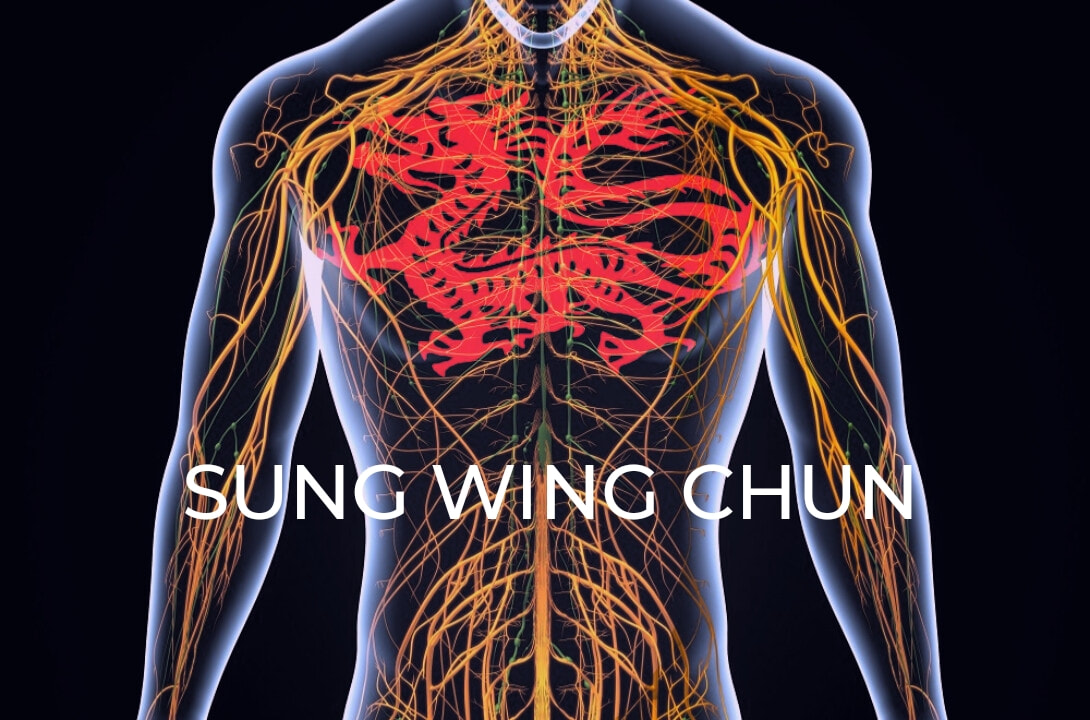
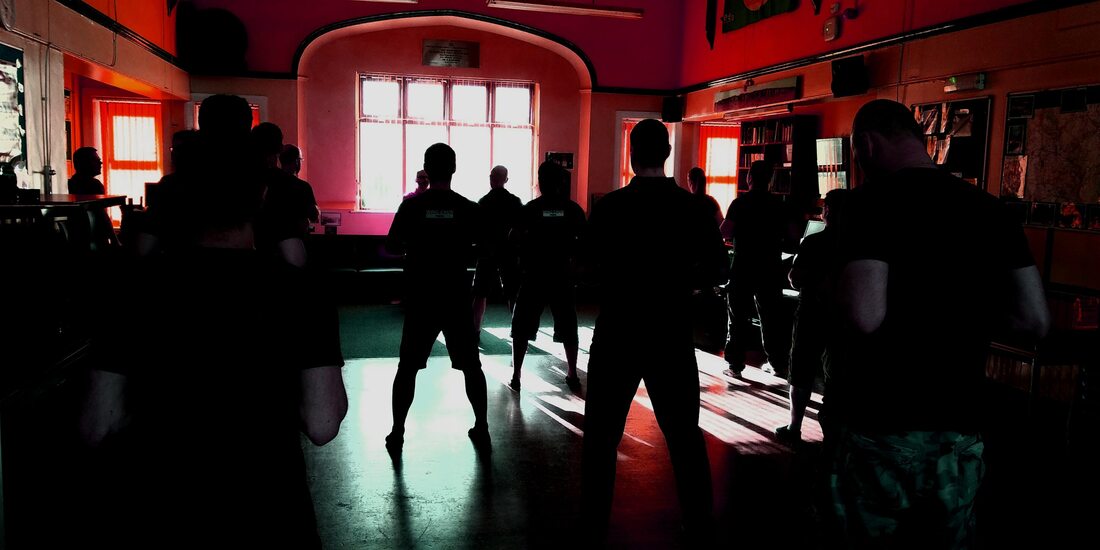
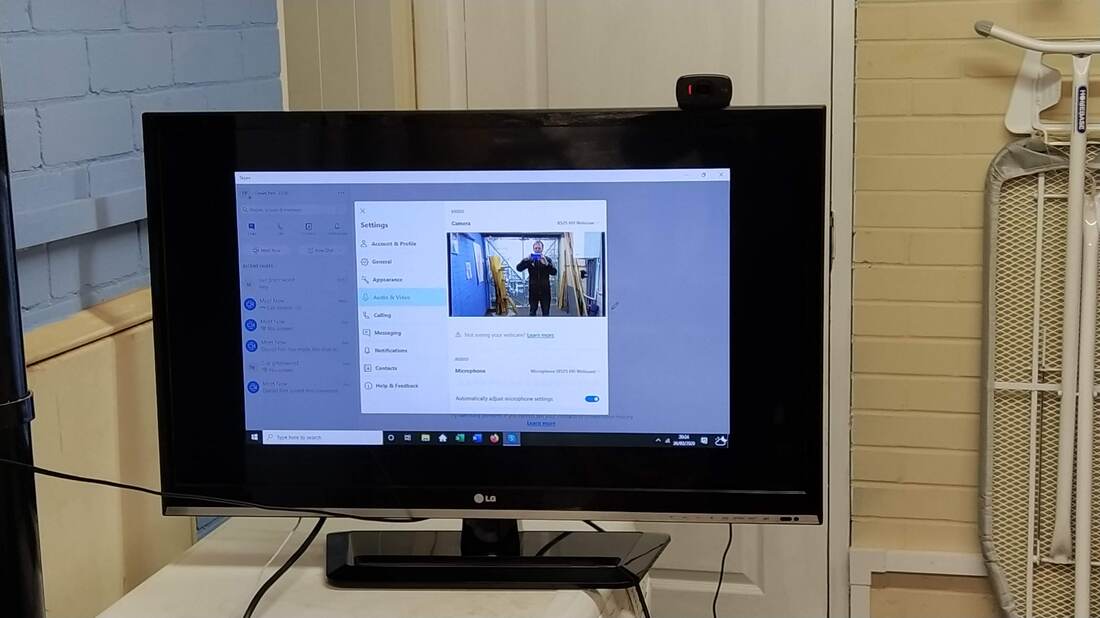
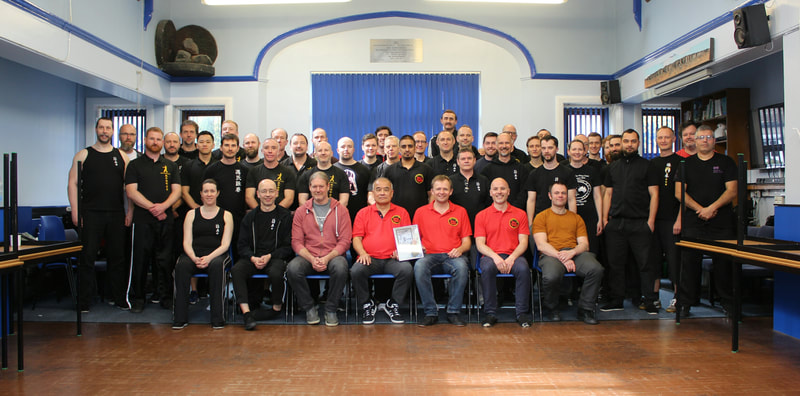
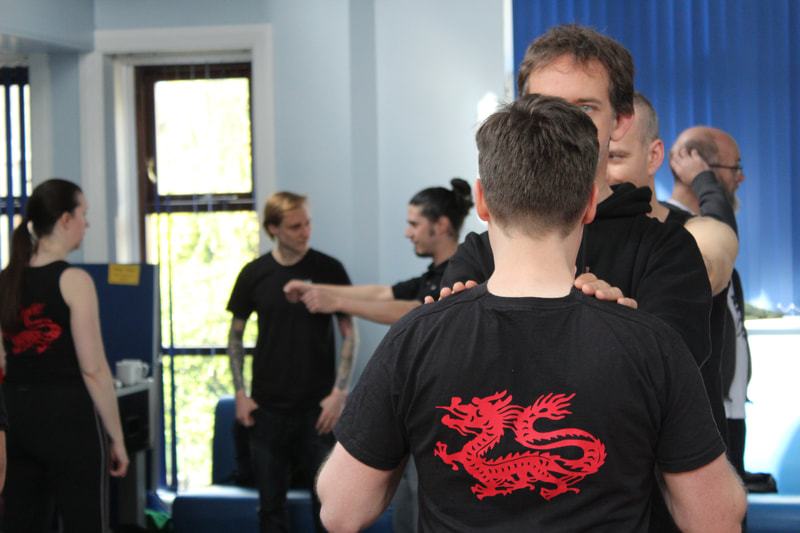
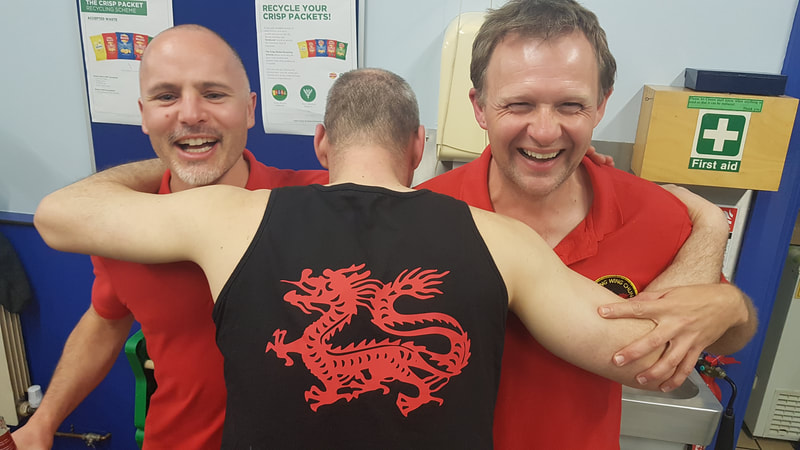
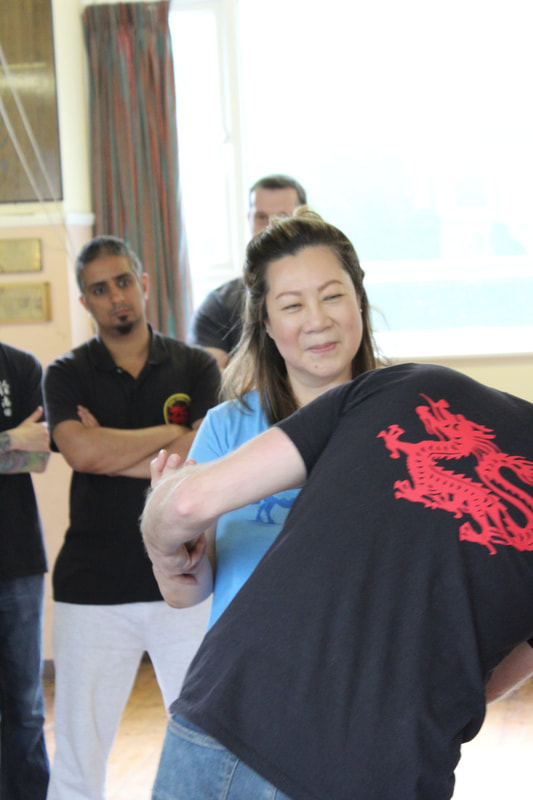
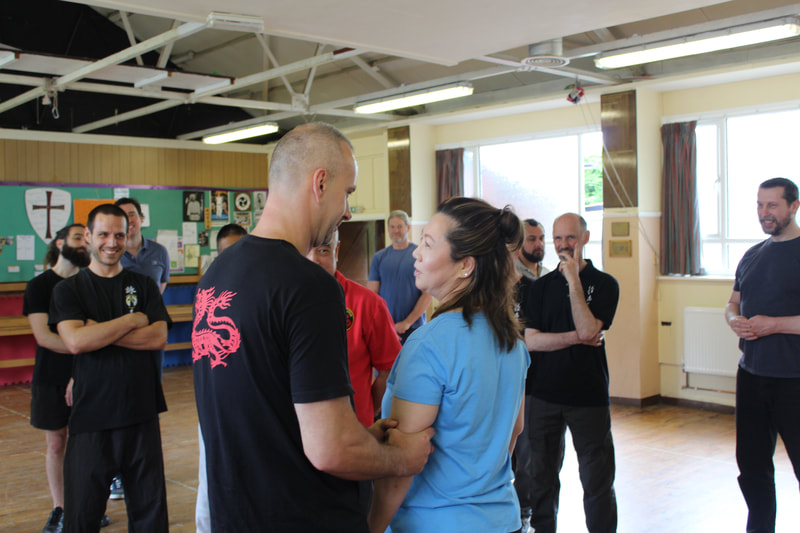
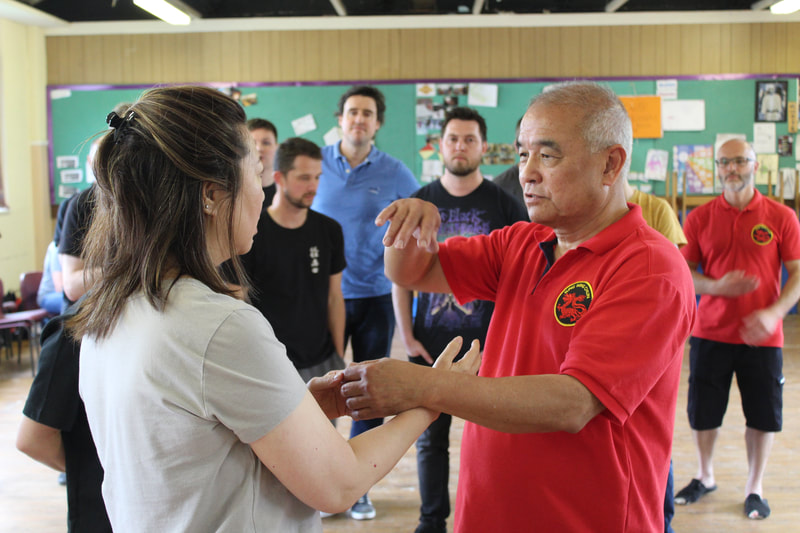
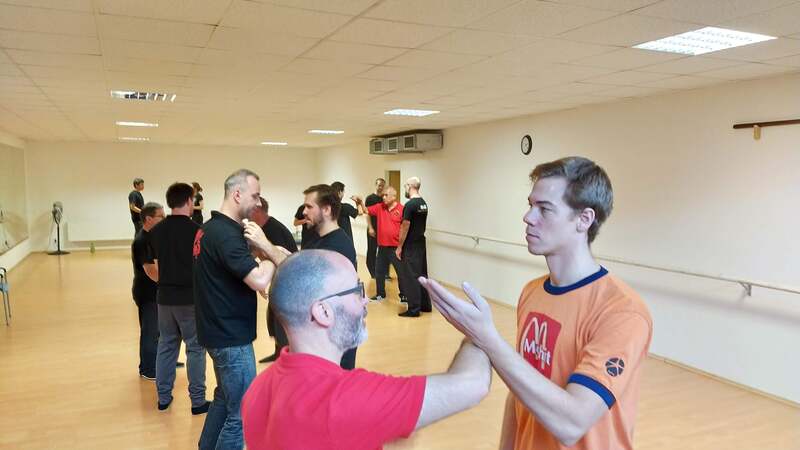
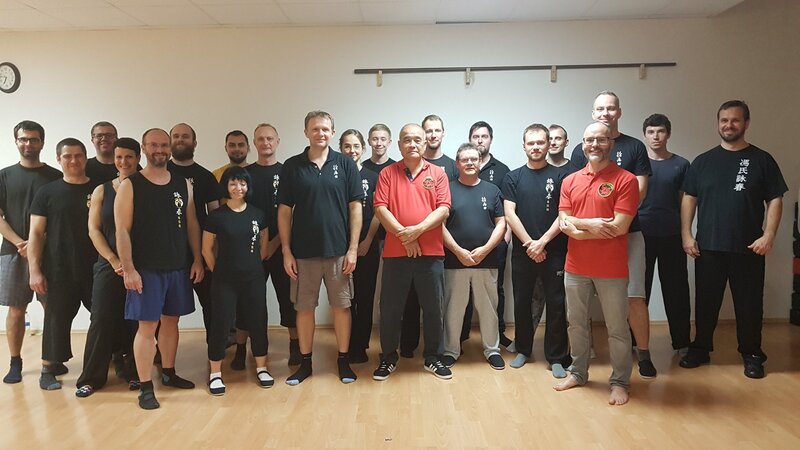
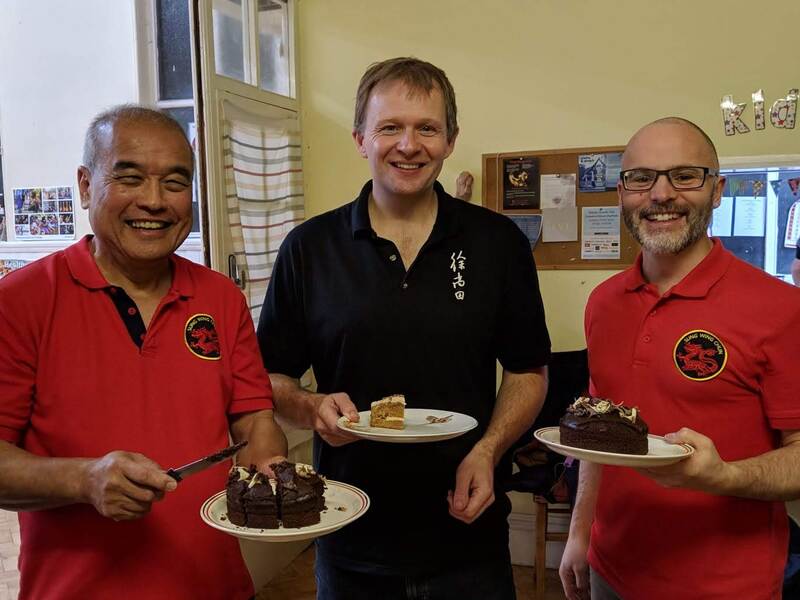
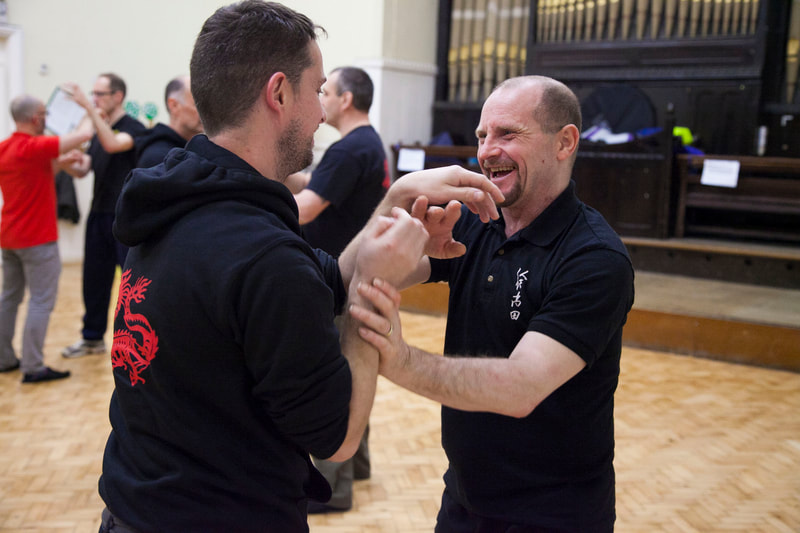
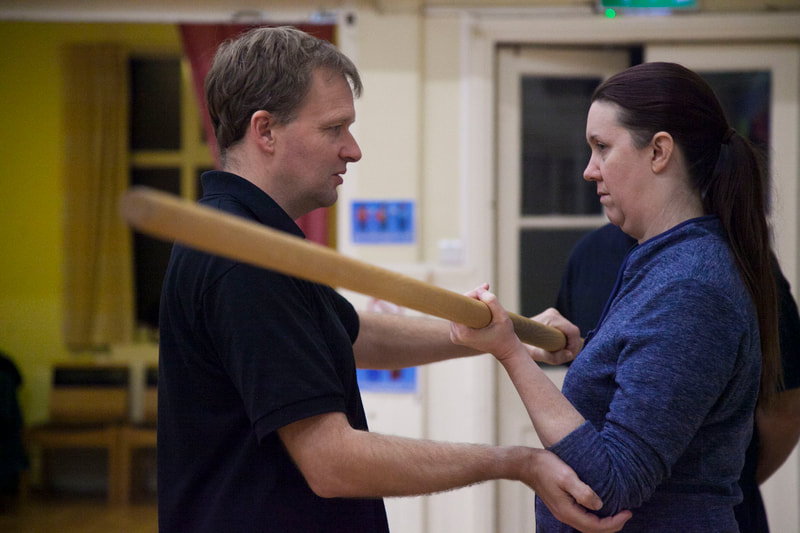
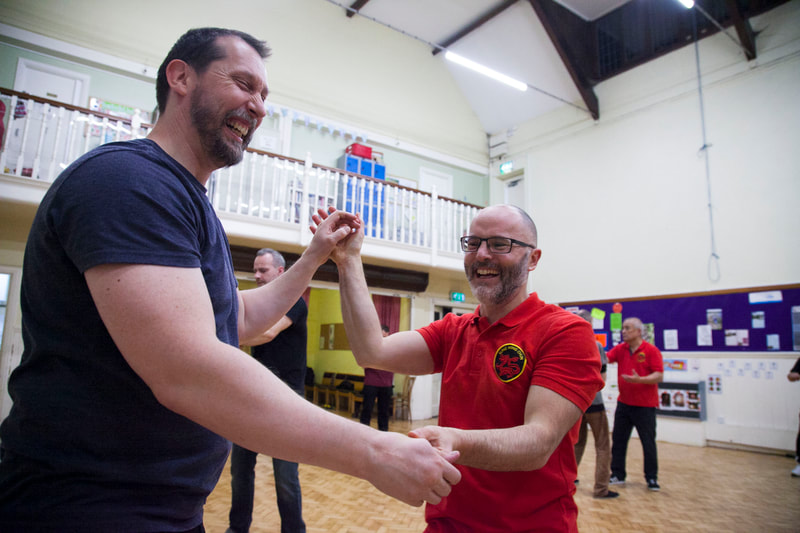
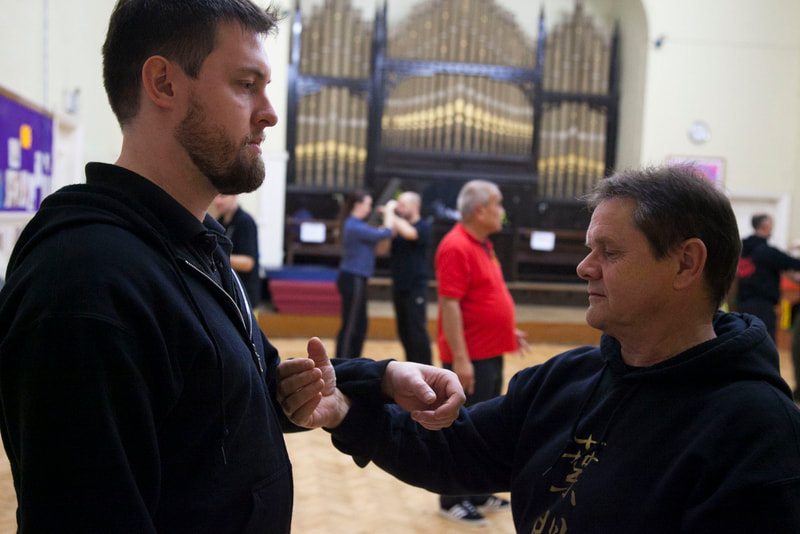

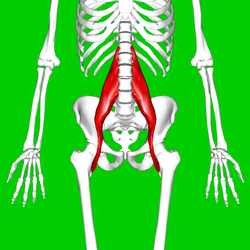
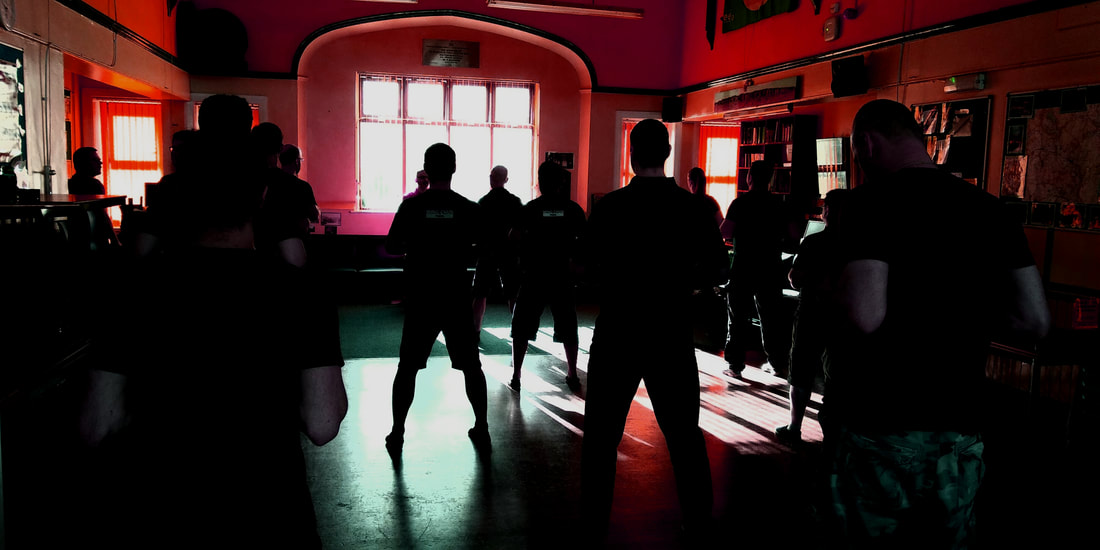
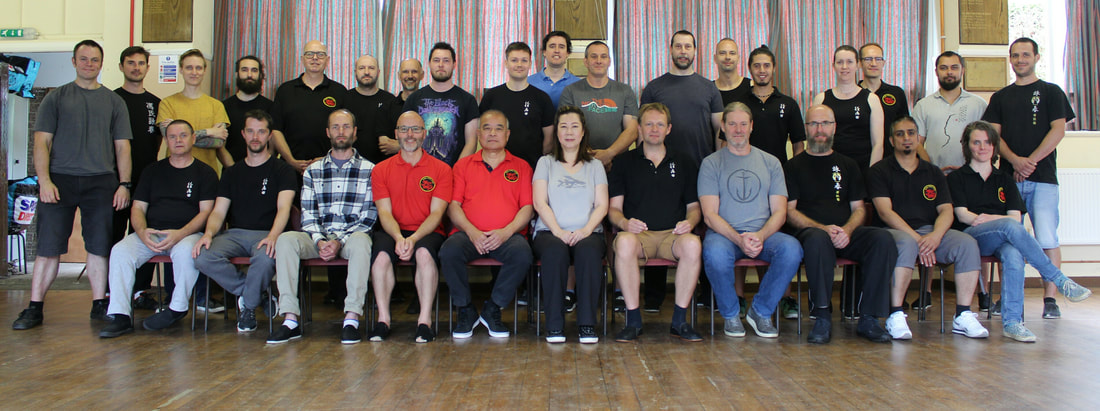
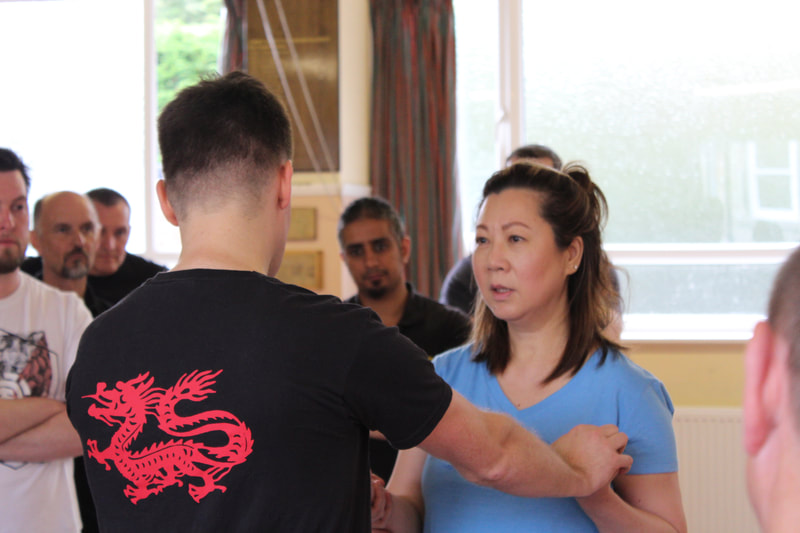
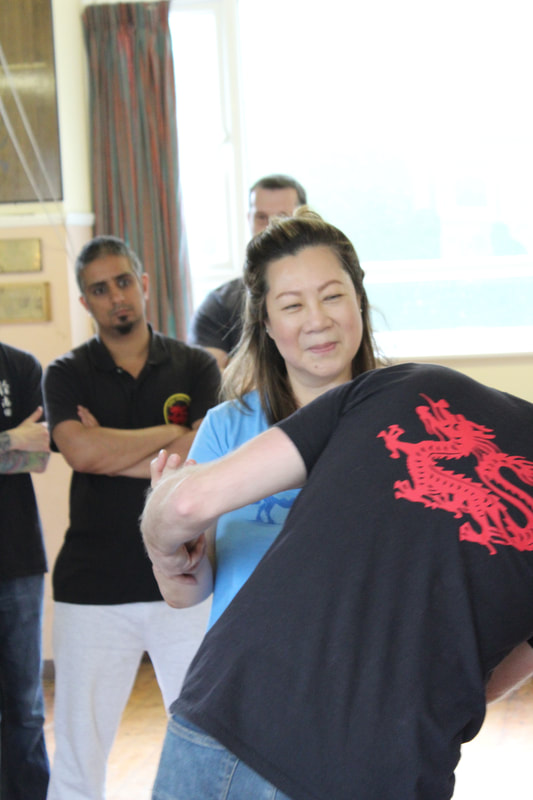
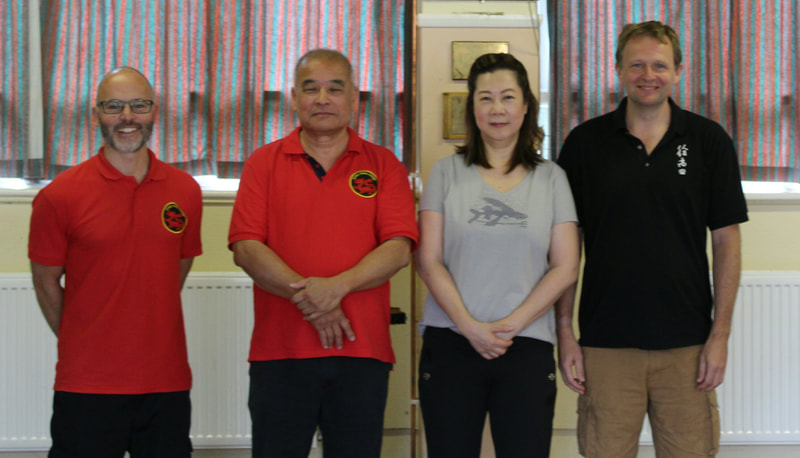
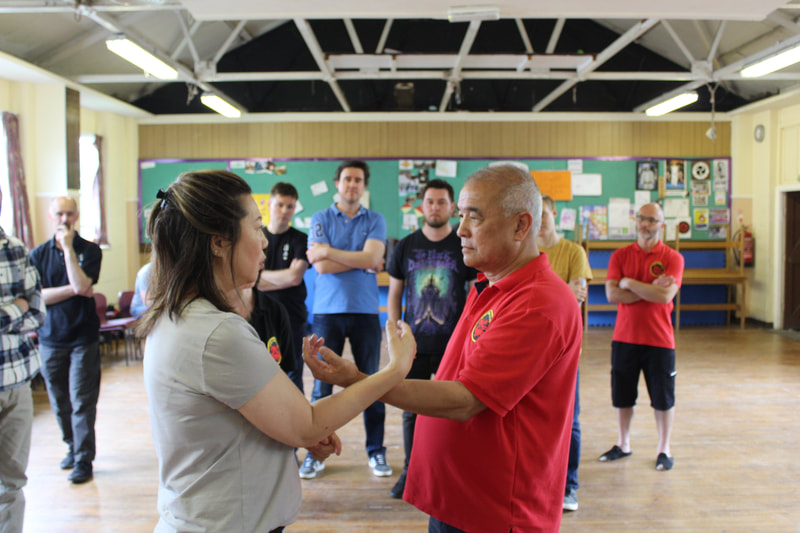
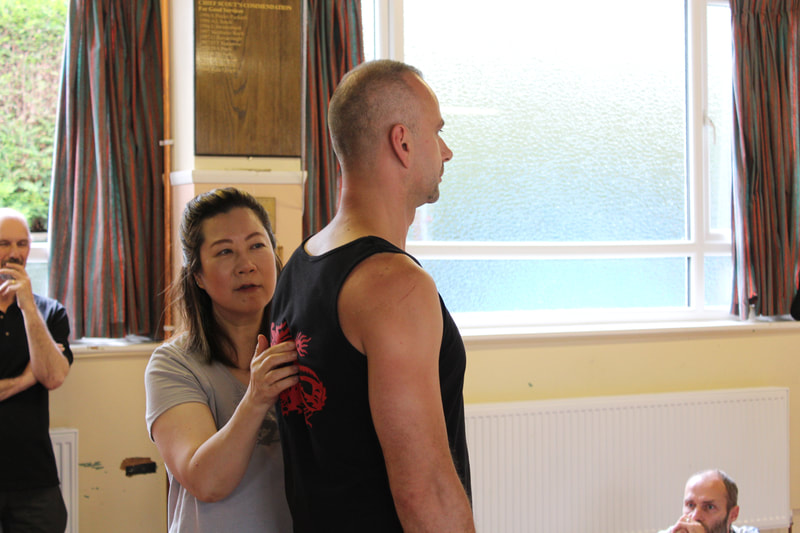
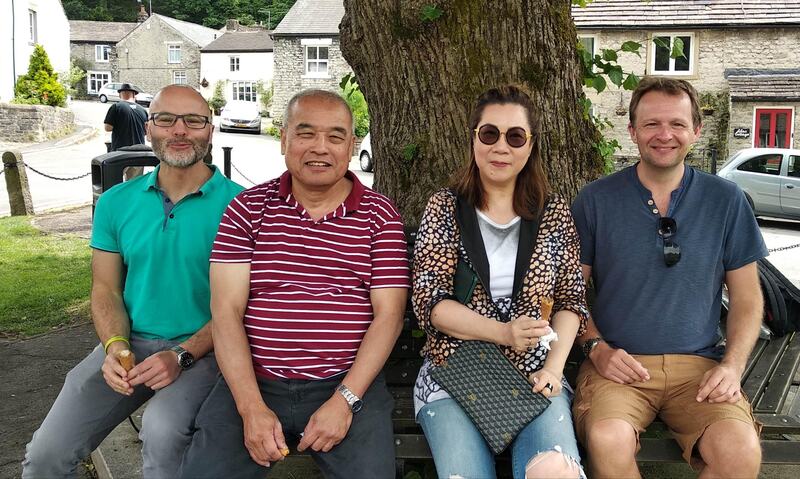
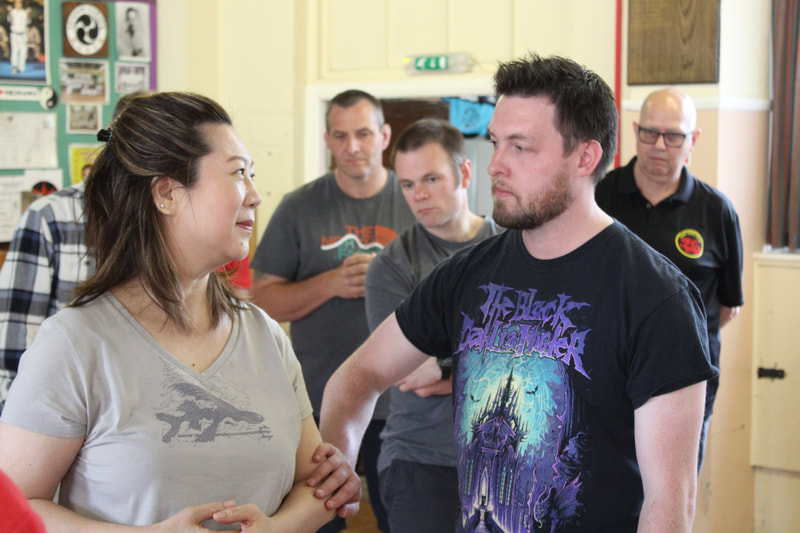
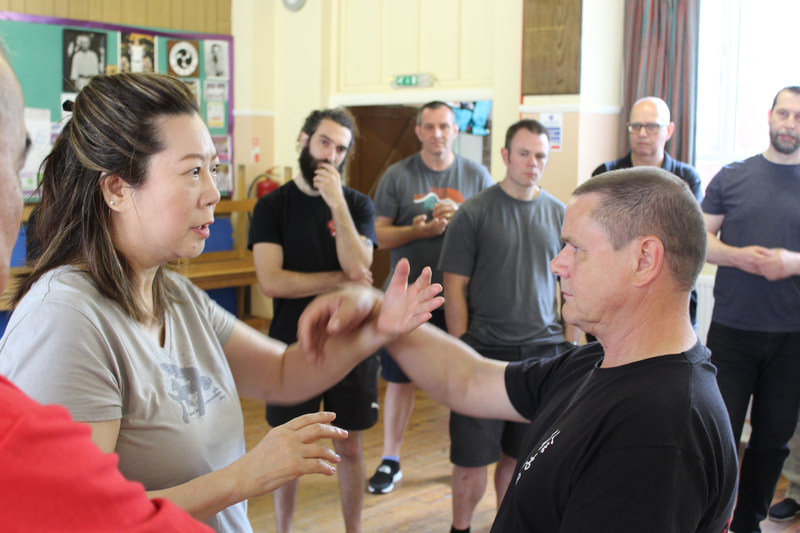
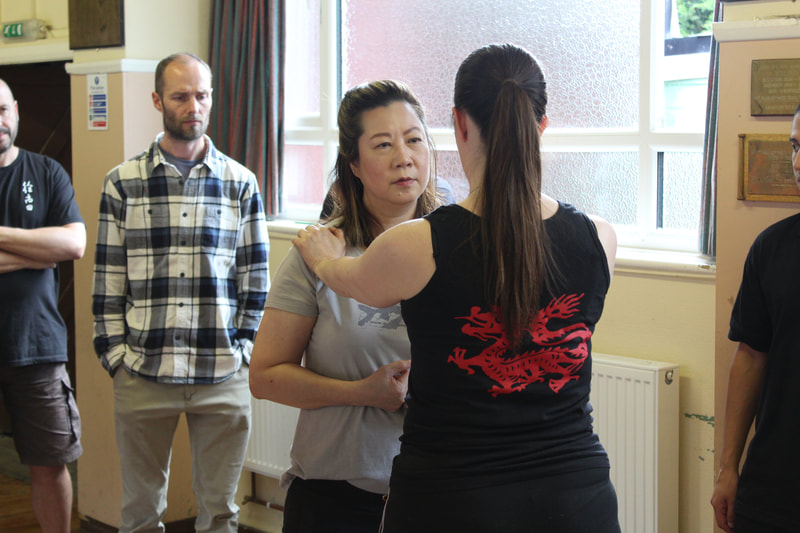
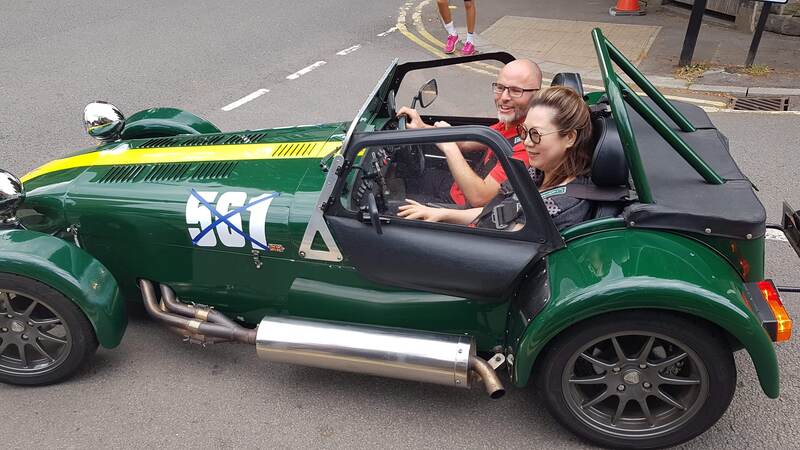
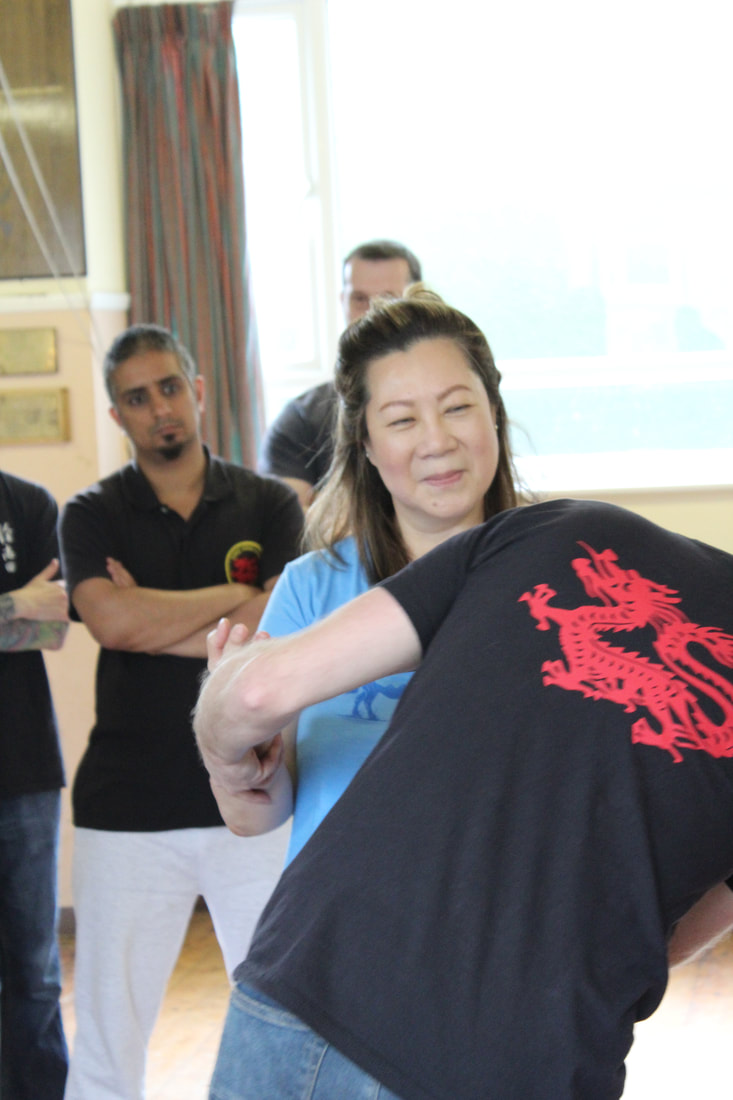
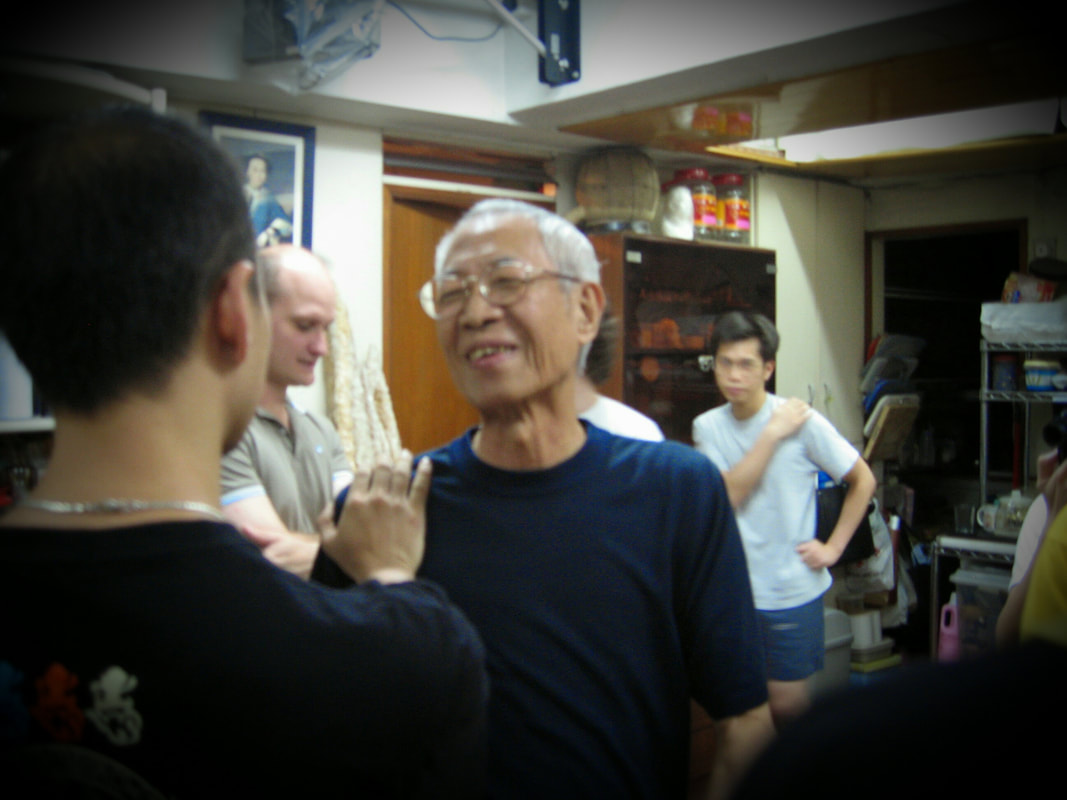
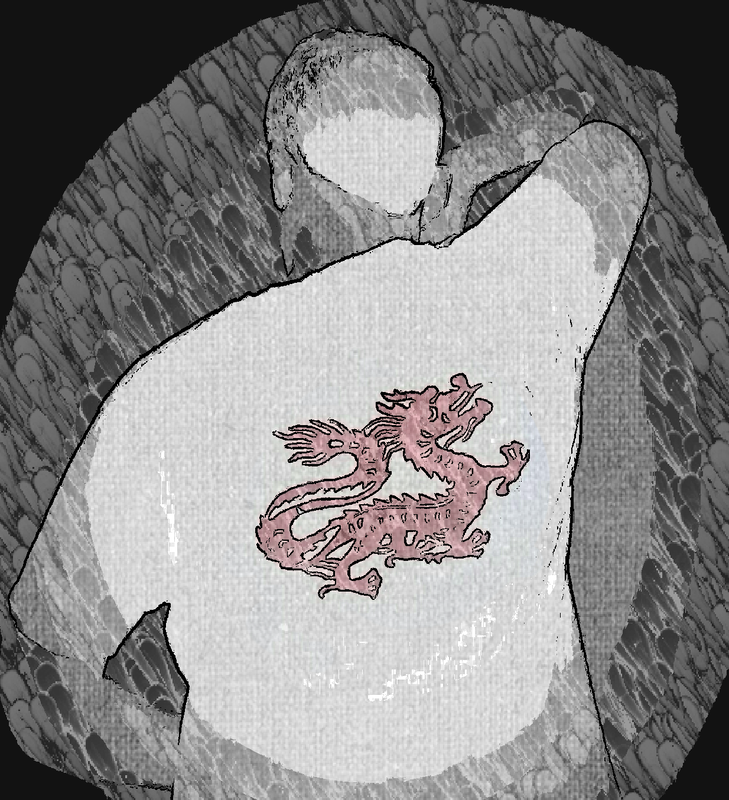
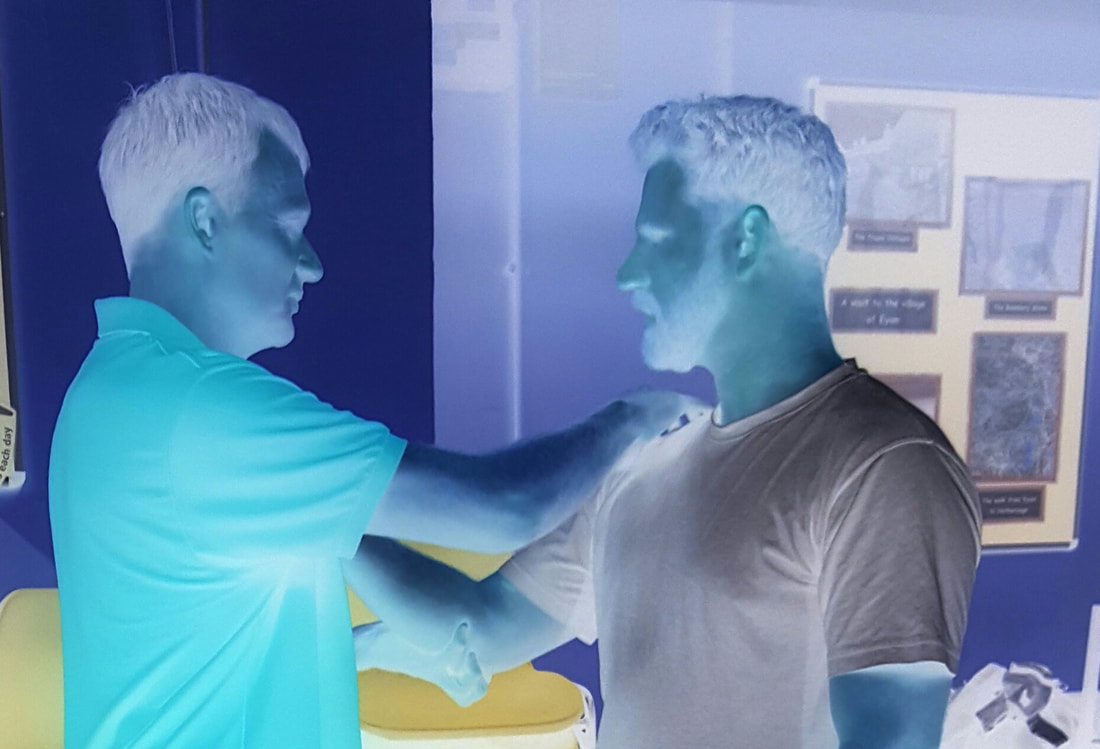
 RSS Feed
RSS Feed